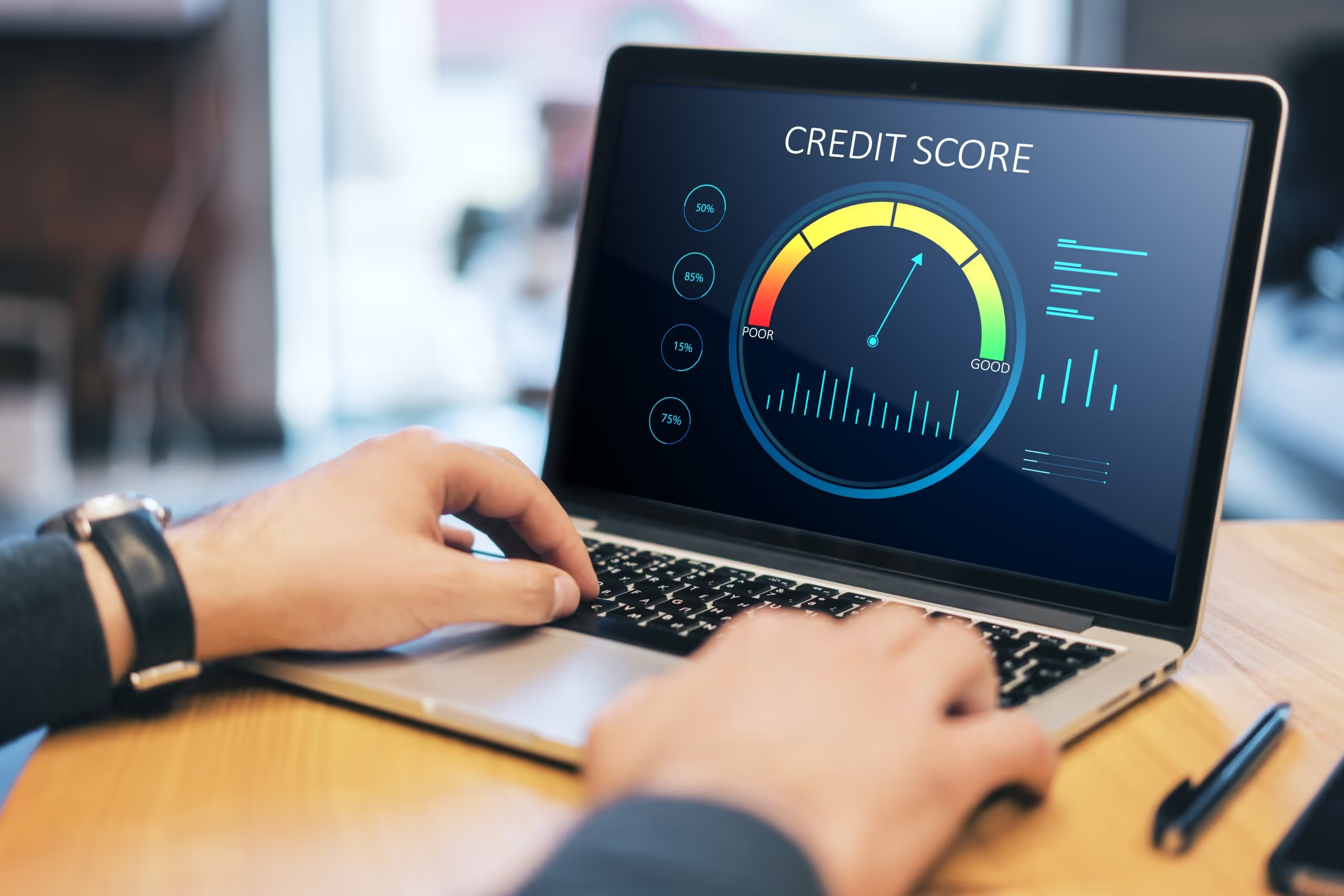- Example active heading
- Example heading
When you buy an existing business, you step into a living and breathing operation. There's a customer base that knows the name on the sign, a team that understands the day-to-day, and best of all, revenue already flowing in. It's the head start that many entrepreneurs dream about.
But even with those advantages in place, the cost of the initial purchase can be a massive hurdle. You either need a large amount of cash on hand or a lender who's ready to back the deal, which is where, for many buyers, small business financing becomes part of their story.
One option stands out for its flexibility: The SBA 7(a) loan. These government-backed loans under the 7(a) program make it possible to buy a business with a smaller down payment and longer repayment terms.
But to take full advantage of those benefits, you need to understand how the process works and what lenders are looking for, which is why we've created this guide. We’ll show you how an SBA loan can help you buy a business and why the 7(a) loan in particular is one of the most accessible options available.
Why use an SBA loan for business acquisition?
For first-time buyers, getting a traditional business loan can be an uphill battle. Many lenders want to see evidence that you’ve done this before, with years of experience behind you, strong financials, and collateral to back the loan.
An SBA 7(a) acquisition loan changes that dynamic. The U.S. Small Business Administration guarantees part of the loan, which, in turn, reduces the lender’s risk. This extra security makes lenders more willing to approve financing and offer lower down payments along with more flexible terms.
In many cases, you only need 10% of the purchase price upfront, and repayment terms can extend up to ten years, providing more breathing room during the early months of ownership. Even first-time buyers can qualify if they show experience that relates to the business and can present a plan the lender finds realistic.
If, at this point, you think you could benefit from an SBA 7(a) loan to acquire a business, the next stage is mapping out the steps involved in securing it:
Step One: Choose a business that lenders will love.
What lenders really want is confidence that the business will continue to perform. Signs of that include reliable income, a loyal customer base, and a name that carries some weight in your niche. So, keep those factors in mind as you start evaluating opportunities.
You might come across leads through brokers, platforms like BizBuySell, or referrals from people in your network. However you find them, what matters most is how the business holds up under closer scrutiny.
So, go through at least three years of:
- Tax returns
- Profit and loss statements
- Balance sheets
Go beyond the basics, too. Check for active leases, vendor contracts, licensing documents, and any debts the business might be carrying. These details help you and your lender understand what you’re really signing up for.
As we've already hinted at, lenders will also consider your background. So, it's worth remembering that if you’ve worked in a similar industry, that experience can help you stand out as a qualified buyer.
Step Two: Pin down the true value of the business.
Before the SBA approves your loan, the business needs to be appraised. If the deal is over $250,000 or involves a complete change of ownership, a formal valuation is typically required.
There are a few ways lenders calculate value:
- Seller's discretionary earnings (SDE) × industry multiple: This method is common for small businesses with steady earnings. SDE is a measure of the business’s total financial benefit to the owner, including salary, perks, and net profit. Lenders or appraisers multiply the SDE by an industry-specific number (called a multiple) to estimate the business’s value.
- Asset-based valuation: This focuses on the business’s physical assets. Things like equipment, inventory, furniture, and property. Instead of using the original purchase price, lenders want to know what those assets would sell for today. This method is typically used when a business has a large inventory of tangible assets and less predictable income, such as a manufacturer or retail shop.
- Third-party appraisal: Sometimes, the lender will need a third-party appraisal, especially for larger deals. At this stage, a certified appraiser will step in to give an objective view of the business's value. That number matters a lot since SBA loans can’t go above the appraised value.
Step Three: Structure the deal.
Once you have that figure and know a lender is on board, it’s time to decide how the deal will come together financially.
Most deals include:
- An SBA loan covering 70-90% of the purchase price
- Buyer equity of at least 10% (this shows your commitment and is required under SBA rules)
- Seller financing for the remaining balance (either as a loan or a standby debt)
Step Four: Prepare your SBA loan application.
By this stage, you’ll already have reviewed the business’s tax returns and financial statements with your lender in mind. Now it’s time to assemble the complete application package and apply for an SBA loan. This includes proof of the purchase agreement, such as a letter of intent or a signed contract, along with your business plan, two to three years of financial projections, your personal credit report, resume, and a list of assets and liabilities.
Step Five: Close the deal.
Once your loan is in motion, expect the process to take anywhere from 30-90 days.
A straightforward purchase can wrap up fairly quickly, whereas more complex deals involving multiple stakeholders often take longer if the lender needs additional information along the way.
The process typically moves through stages such as underwriting and credit analysis, any required site visits from the lender or SBA, a review of your documentation with follow-up questions about how the business will operate, and finally, loan approval and disbursement.
Once approved, funds are then transferred directly to the seller, and you’ll assume operational control on the agreed-upon closing date.
The smart path to business ownership.
Buying an existing business is a big step, but with the right funding, it’s one you can take confidently. At Lendio, we connect business buyers with SBA-approved lenders every day. Check your SBA 7(a) loan eligibility now and take the first step toward owning the business you’ve been looking for.




.png)
.png)

.png)